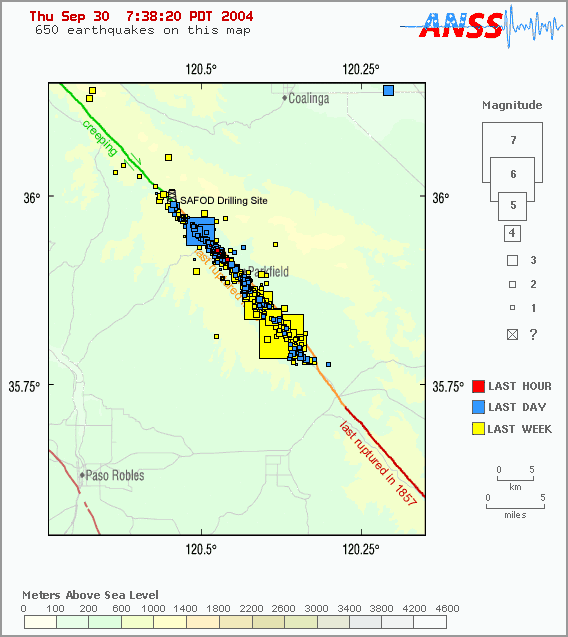Hansen speaks out, again
During the very hot summer of 1988 James Hansen, Director of NASA's Goddard Institute for Space Studies (GISS) sat before a panel of members of Congress and announced, with the authority of his position, that global warming had arrived. By that time Hansen, who is one of our planet's leading climate scientists, was convinced that the trend in our planet's average temperature was up and that Human activity was at least part of the issue. He understood that there were uncertainties, but in his estimation, they were small enough to warrant his confidence. In many ways that testimony launched the global warming debate continues to hog tie political action on this front.
Hansen's team at GISS has been working on the details of how Earth's climate system responds to changes in the amount of heat it holds and to changes in how that heat is distributed in space. He is a careful scientist and I pay close attention to what he says. He is not always easy to understand, but he does appreciate his responsibilty as a scientist to communicate what he knows.
He is about to do something that could make another splash.
Andrew Revkin reports in today's NYT that Jim Hansen is going to make a speach tonight at the University of Iowa in which he will reiterate the importance of coming to terms with climate change, argue that the Bush administration is at best dragging their feet with respect to what the US could and should be doing, and most dramatically, he plans to claim that the Administrator at NASA told him not to talk about the impacts of human activities on the climate system.
Hansen's actions stir up a huge number of questions. The ones that jump to mind first are:
- Is the "don't talk about it" bit of his story true?
- There is a he said, she said element to the story. Of course NASA leadership deny that they told one of their leading scientists not to talk about bits of his work that are politically sensitive. But in some ways that doesn't matter; if Hansen thinks that he has been instructed not to talk about his work, notions of academic freedom have been trampled upon. But that too puts us on shifting sand. What if Hansen is overly sensitive? I believe NASA's rejoinder along the lines "we never told him not to do the work" but that leaves unsaid "we just told him not to talk about it." etc.
- What is the proper relationship between science and politics?
- Many (most) scientists would like to think that their science is politically neutral. And perhaps it is on a day to day basis. But the overall distribution of the kinds of science we do and the distribution of the benefits, and losses, is a political decision.
In the past I have had to manage bits and pieces of the relationship beween Columbia and GISS. I know that Hansen and his team can be loose cannons. I don't have an answer to whether what he about to do it a good thing or a bad thing. I do wonder whether Hansen is politcally astute or politically naive.
- Evidence of the former,
- How is it that Revkin is writing about a speach that Hansen is planning to give at the University of Iowa this evening?
- Evidence of the latter,
- Did he really think that people would read the black soot stuff closely enough to correctly understand its implications?
This issue deserves alot more attention - I will have to come back to it later...



